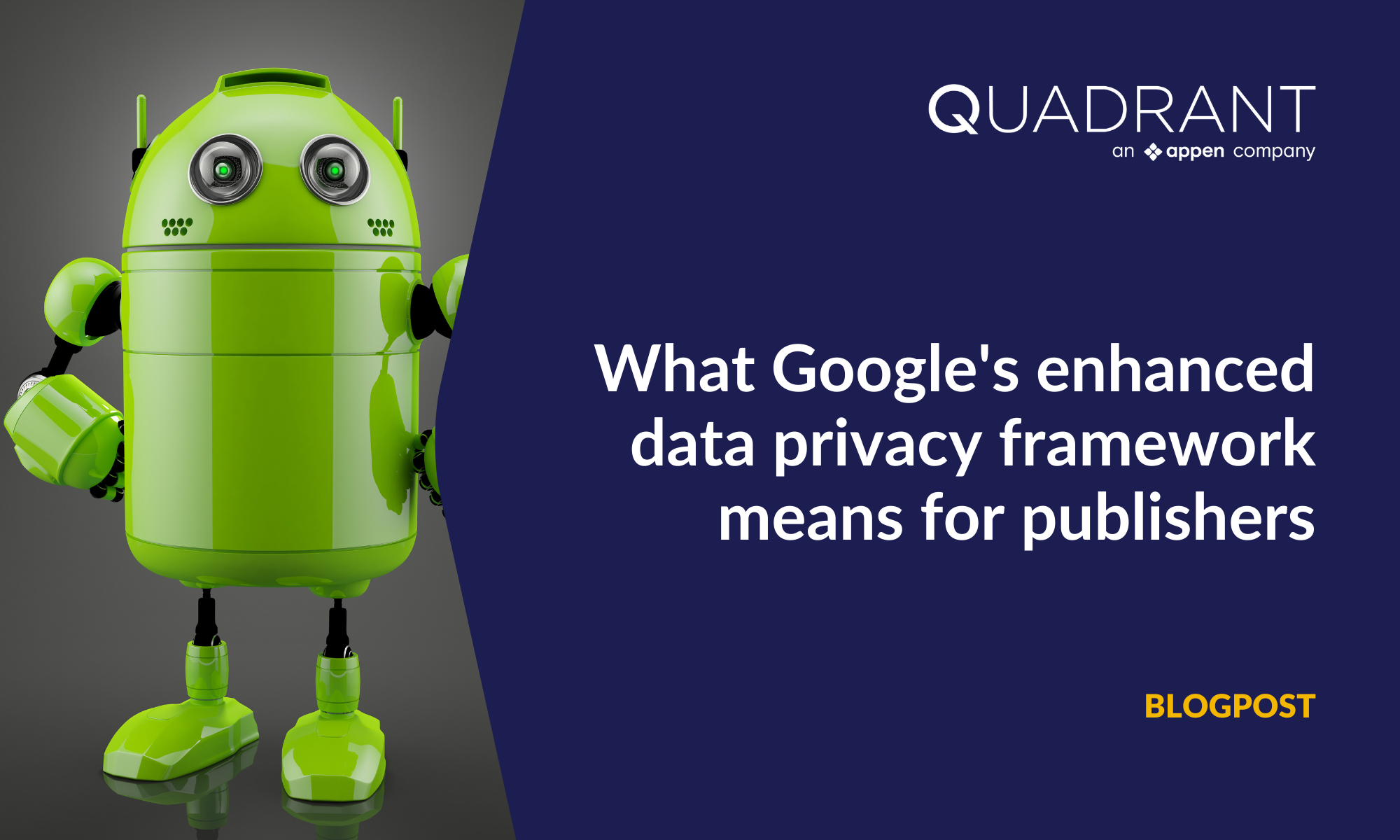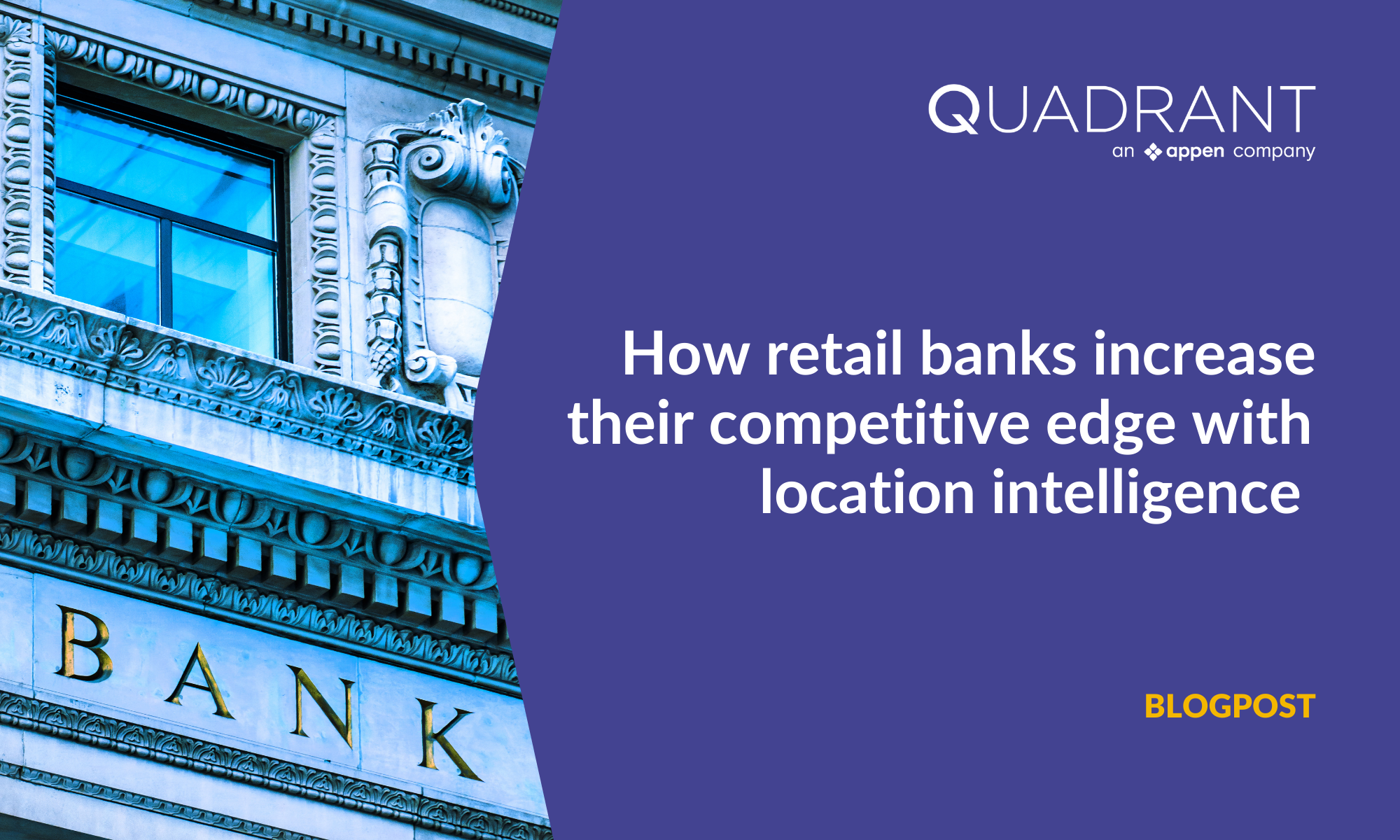Latest Updates
Lorem ipsum dolor sit amet consectetur adipiscing elit tortor eu egestas morbi sem vulputate etiam facilisis pellentesque.

Introduction to Quadrant's Data Quality Dashboard
For data professionals, choosing a location data feed that is fit for purpose for your project can...









